Overview of Hair Loss
The treatment of hair loss has advanced more in the last several years than in the last several decades. If you want to find out how these new treatments, multi-modal approaches to hair growth, medical technology can help you, SDBody is a leader in hair loss treatment in San Diego, CA.
Hair loss can affect anyone -- men or women -- for a variety of reasons: the genes you inherited, changes in hormones, illness or other medical condition, stress or medications.
When our clients first visit us in our state-of-the art San Diego office, they are often concerned with baldness, which is moderate to severe hair loss from the scalp. This type of hair loss is common and often the result of hereditary factors and age. Fortunately, you don’t have to let your genes dictate your hair loss.
Many people in San Diego are turning to the latest science has to offer in the treatment and prevention of further hair loss. In most cases, people utilizing these medical advancements are not only stopping hair loss, but enjoying restored hair growth.
If you decide to follow a modern hair loss therapy, it is very important that you consult with an experienced physician about your symptoms, potential causes and options so that you can be assured of entering into the best treatment for you.
Download Your Hair Loss Guide
Get your copy of SDBody's Personal Hair Restoration Guide. In this 24-page report, you will learn all about the most recent advance in hair restoration in San Diego, the top causes of hair loss, what to expect from your medical professionals and the importance of a multi-modal treatment approach to hair loss. Take action today. The sooner you work with hair loss treatment specialists, the more likely you are to keep and even regrow you own hair.

What you'll learn in this overview:
Symptoms of Hair Loss
Causes of Hair Loss
Hair Loss Risk Factors
Hair Loss Prevention
Hair Loss in Men and Women
Hair Loss Diagnosis
Hair Loss Treatment Options
Platelet-rich Plasma Therapy for Hair Loss
Stem Cell Treatment for Hair Loss
Medications for Hair Loss
Topical Applications for Hair Loss
Laser and Red Light Treatment for Hair Loss
What to expect from your doctor in your first hair loss visit
The importance of a multi-modal treatment approach to hair loss
Symptoms of Hair Loss
How do you know if you are suffering from treatable hair loss? The symptoms of hair loss come in many forms. In some cases, hair loss can come on quickly. In other cases, hair loss can develop so gradually that you are not aware of it until a significant part of your scalp is laid bare. Some symptoms are permanent, while others may only be temporary.
When evaluating your symptoms of hair loss, there are some common symptoms you’ll want to share with your hair regrowth specialists at SDBody.
Is the hair on the top of your head slowly thinning? This common symptom of hair loss can affect both men and women, particularly as the grow older. Men are most frequently affected by male pattern baldness with hair receding from the forehead toward the back of the head. Women who suffer from hair loss often experience thinning throughout the entire scalp.
Do you have patchy bald spots? People can experience hair loss in many different ways, but if you have small, patchy bald spots there may be more than just aging and thinning hair going on and you should consult with an expert at SDBody right away to determine other preventable and treatable causes.
Have you experienced sudden hair loss or hair loss on your body? Sometimes stress, medical conditions or even the wrong grooming products can cause or accelerate hair loss, including hair loss on your body. The physicians at SDBody can help you determine what brought this kind of hair loss on so swiftly. Sudden hair loss can indicate serious medical conditions and you should consult with a physician as soon as possible.
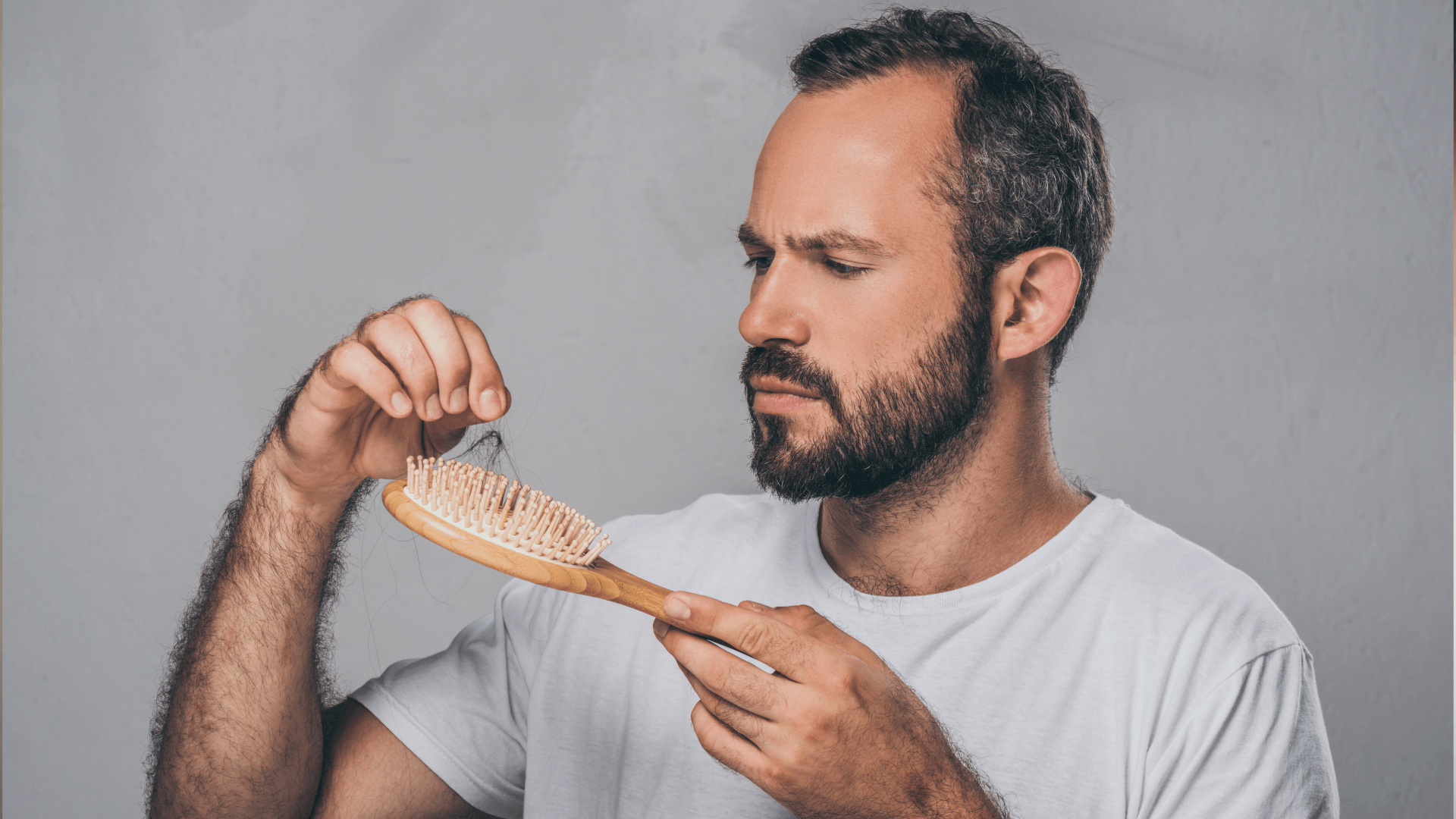

Causes of Hair Loss
We all lose hair everyday, but this normal shedding it isn’t noticeable because your scalp regrows hair at the same rate. When your hair regrowth is disrupted, hair loss becomes noticeable. The typical causes of hair loss can include:
Genetics. The genes you inherit from your family are the most common cause of hair loss for both men and women. This type of hair loss is not preventable, but is very treatable. The faster you begin a course of action the more likely you are to keep and regrow your hair.
Medical conditions. Sometimes hair loss can be caused by a medical condition or hormonal change. Your doctor can help you determine the exact cause of your hair loss to treat an underlying conditions.
Medications, supplements. and diet. What you take into your body can also affect the health of your hair. Some medications and supplements can have side effects of hair loss. Some extreme diets can deprive your body of the nutrients it needs for healthy hair regrowth.
Extreme Stress. It is possible to lose hair for up to several months after a very stressful even or physical or emotional shock. This type of hair loss is temporary; however, you should consult with a physician to rule out more serious and treatable causes of hair loss.
Grooming techniques. Certain grooming techniques and hairstyles are harder on your hair than others. If you are already suffering from hair loss, teasing, styling, binding, curling, permanents and more can make your condition worse. In extreme cases, bad grooming techniques can lead to follicle inflammation, scarring and even permanent hair loss.
Hair Loss Risk Factors
Family History (Heredity)
Age
Sudden Weight Loss
Stress
Medical Conditions
Wrong grooming techniques
Hair Loss Prevention
Unfortunately, the majority of hair loss is a result of the genes you inherited. While this type of hair loss is not preventable, you can take steps halt hair loss and in many cases even regrow hair lost to inherited baldness. The sooner you take action, the more likely you are to stop baldness in its tracks.
During your consultation at SDBody, we will also help you uncover any non-hereditary causes of hair loss, such as:
- Side effects of medicines or supplements that could increase hair loss
- Improper grooming techniques that could damage hair through braiding, hot curling irons, permanents or over-brusing
- Unhealthy habits such as smoking or a poor diet
- Compulsive behaviors such as pulling or twisting your hair


Hair Loss in Men
You've probably heard the phrase, "male pattern baldness." This is the most common form of hair loss in men, otherwise known as androgenetic alopecia. Many men inherit a genetic tendency toward baldness caused by the action of a male hormone dihydrotestosterone (DHT) on hair follicles.
What is really going on in this process is a disruption of the growth phase of your hair follicle. In other words, DHT doesn't make you hair fall out any faster, it makes it grow back more slowly. This results in hair that is increasingly thinner, finer, short are more susceptible to breakage. Unfortunately, if you don't act as soon as possible to reduce the effects of DHT exposure, your hair follicles will eventually miniaturize out of existence.
Hair Loss in Women
Hair loss in women is more common than you might imagine; however, because women typically lose their hair more slowly than men and because the hair loss is diffused across the scalp, it may be less noticeable at first. Women often suffer noticeably more emotional stress from hair loss than men because few women realize how common hair loss actually is.
Women's hair loss is usually due to genetic causes. Two enzymes, aromatase and 5-alpha reductase, disrupt hair growth. These enzymes affect hair follicles through a process of miniaturization which results in increasingly thinner hair.
It is important to see a doctor as soon as you notice signs of thinning hair. Treating hair loss early is your best chance to reduce and reverse thinning hair. Additionally, a medical appointment is especially important for women as there could be other underlying causes for hair loss beyond genetics that could be quite serious.


Hair Loss Diagnosis
The first step in addressing your hair loss is to make an appointment with the experts at SDBody. Your appointment will be simple, routine and entirely confidential. To rule out any medical causes, your SDBody physician will conduct a routine physical exam including asking about your medical and family history. Depending on potential diagnoses, we may also perform other tests such as:
- Blood tests to uncover other medical issues
- Hair strength (pull) tests that determine stages of shedding and miniaturization
- Careful examination through microscopic instruments to evaluate issues at the hair shaft
- Scalp scraping and hair sample collection to rule out infection or other medical issues
What Are My Hair Loss Treatment Options?
Effective medical treatments for hair loss are easily available. You may have even tried some over-the-counter or home remedies with varying levels of success. If you've tried to address your hair loss on your own and wondered why it didn't work as effectively as you had hoped, it's time to see a doctor who can create a customized hair loss intervention that matches your exact needs.
Many SDBody clients have reversed their hair loss with the help of experienced physicians. in some cases, our clients are even regrowing their hair.

Hair Loss Treament Options
Platelet-rich Plasma (PRP) Therapy for Hair Loss
Stem Cell Treatment for Hair Loss
Medications for Hair Loss
Topical Applications for Hair Loss
Laser and Red Light Treatment for Hair Loss
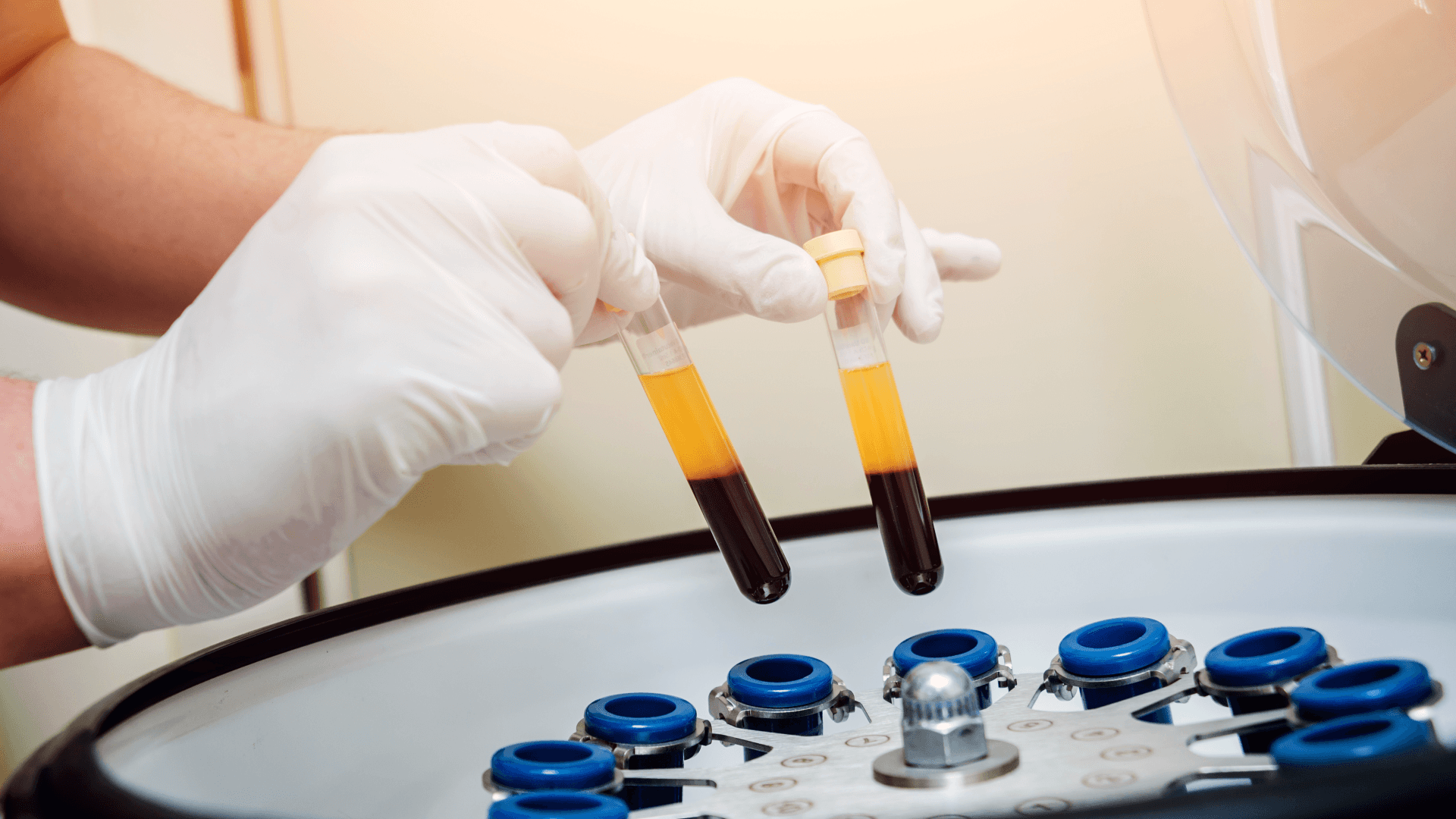
Platelet-rich Plasma (PRP) Therapy for Hair Loss
One of the most exciting recent developments in hair loss treatment is Platelet-Rich Plasma (PRP) therapy. PRP is produced from your own blood. Your blood contains platelets, a kind of cell that helps your body with cell repair and regeneration. PRP is a concentration of your own plasma that contains about five times the number of platelets found in normal blood.
PRP can be a very effective and safe treatment for the most common forms of hair loss. PRP can encourage growth in thinning hair. PRP is most effective when hair loss is addressed before total baldness has set in. Your doctor will work with you to determine the right schedule of treatment and in many cases clients see improvements in a matter of months.
Stem Cell Treatment for Hair Loss
The stem cells of a healthy hair follicle promote growth. One of the factors in hair loss and miniaturization are depleted stem cells that are no longer stimulating hair follicles to ensure regrowth. Stem cell treatment for hair loss is very promising and easy on our clients. We will collect healthy stem cells from your follicles and culture them in our lab to ensure the most robust hair follicles working together for hair regrowth.
In a follow-up appointment, these follicles with increased stem cells are inserted into the scalp for rejuvenated hair growth. The procedure is minimally invasive, safe and most clients see results in a few months.
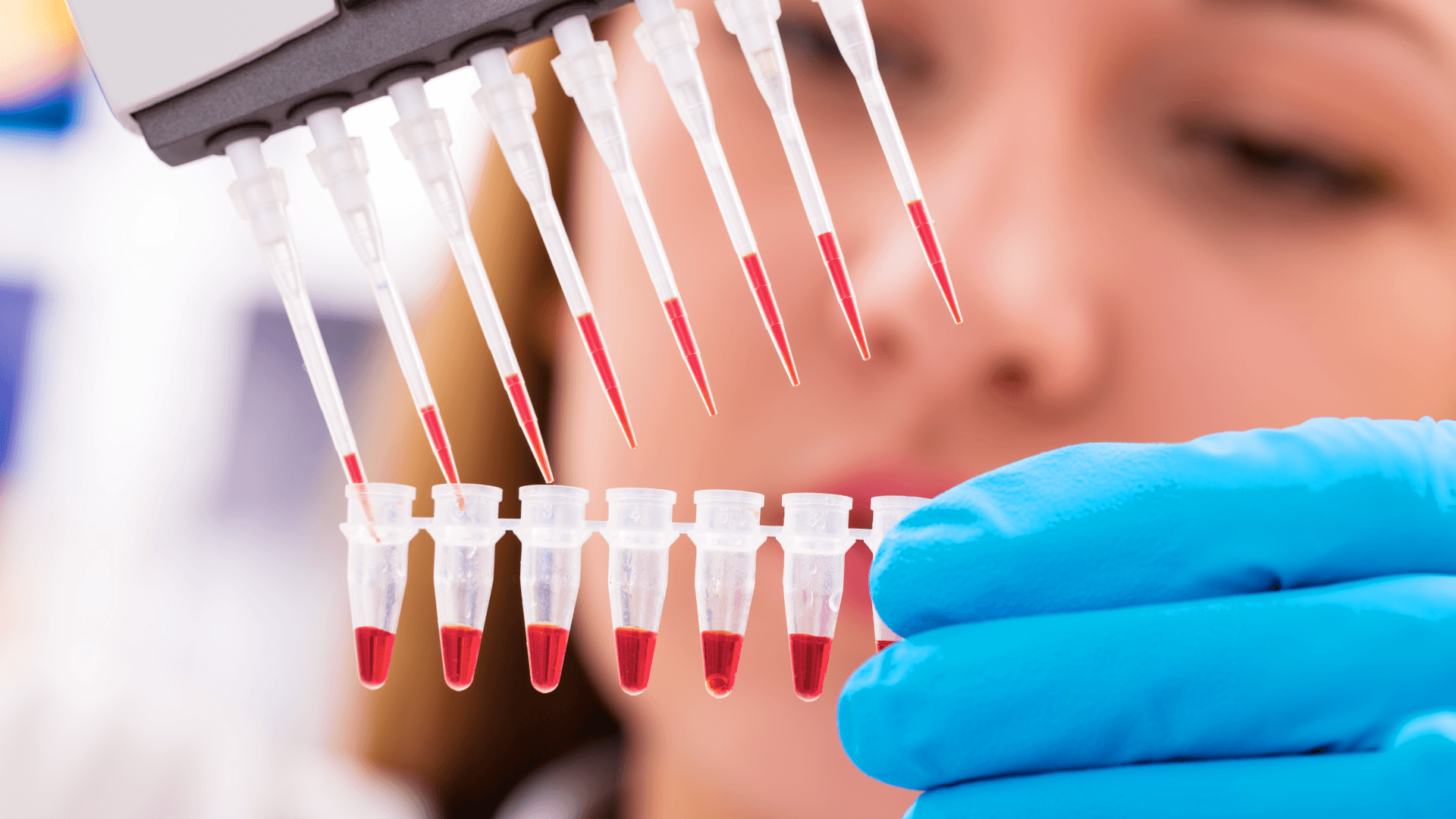

Medications for Hair Loss
Finasteride (also known as Propecia) is an FDA approved oral medication that treats male pattern baldness. As described above, male pattern baldness is mostly a result of the miniaturization of hair follicles from DHT. Finasteride works by blocking an enzyme known as 5-alpha reductase that converts testosterone to DHT. Studies have shown Finasteride to be very effective in fighting hair loss with minimal side effects. It can take a year of treatment to be measurably successful. Medications for hair loss have been shown to be effective but require a doctor's prescription and supervision. Schedule an appointment with SDBody today to see if hair loss medication is right for you.
Topical Applications for Hair Loss
You may be familiar with Minoxidil (also known as Rogaine) for hair loss. Minoxidil can work for both men and women, but only works in the areas it is applied. Minoxidil work when it is used consistently and regularly, so its use in combatting hair loss is perpetual. If you discontinue your use of Minoxidil, you will lose the benefits you gained while you used it.
Minoxidil is available over the counter; however, Minoxidil often works best when it is included as part of a larger multi-modal approach to hair loss treatment.
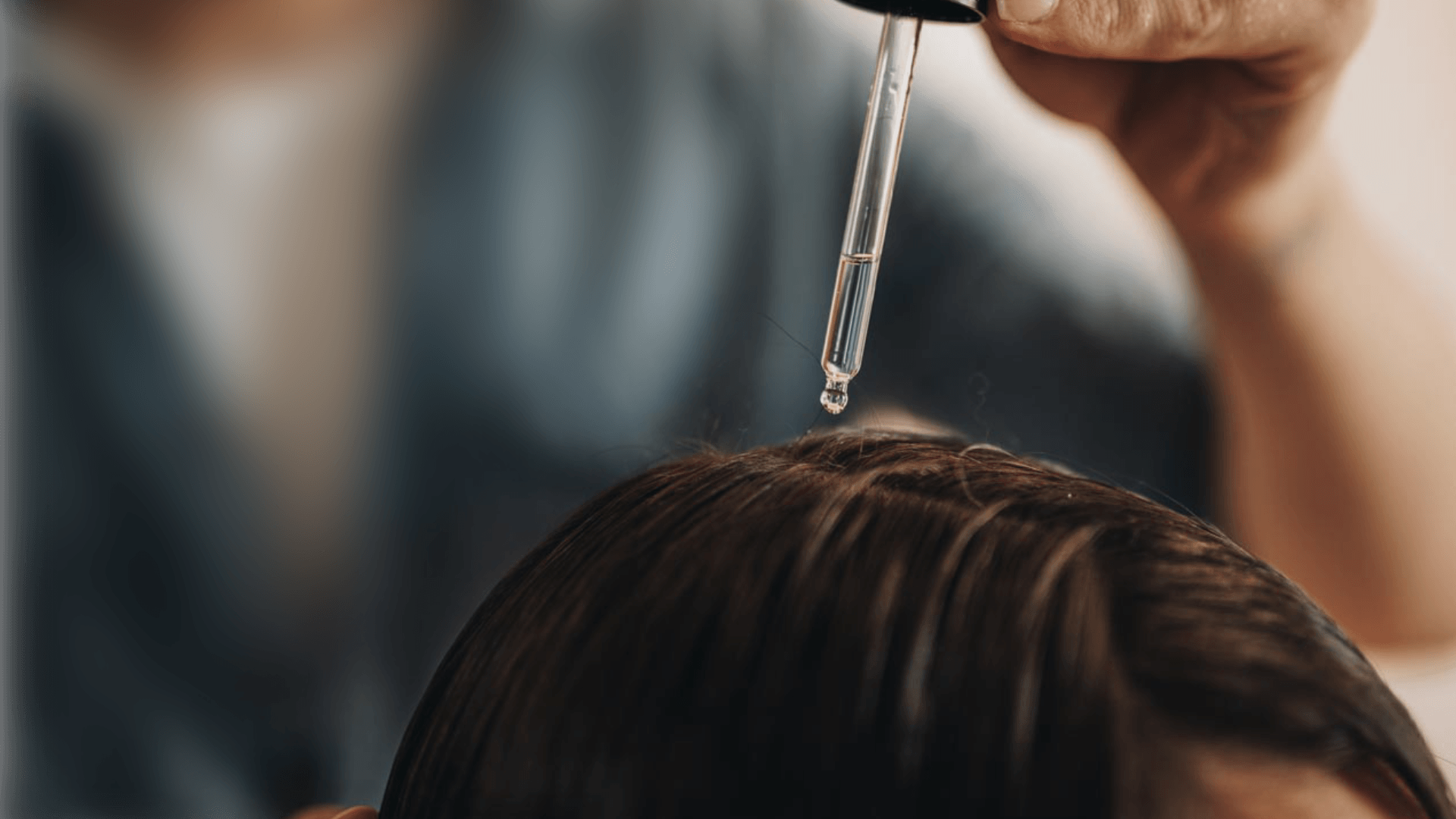
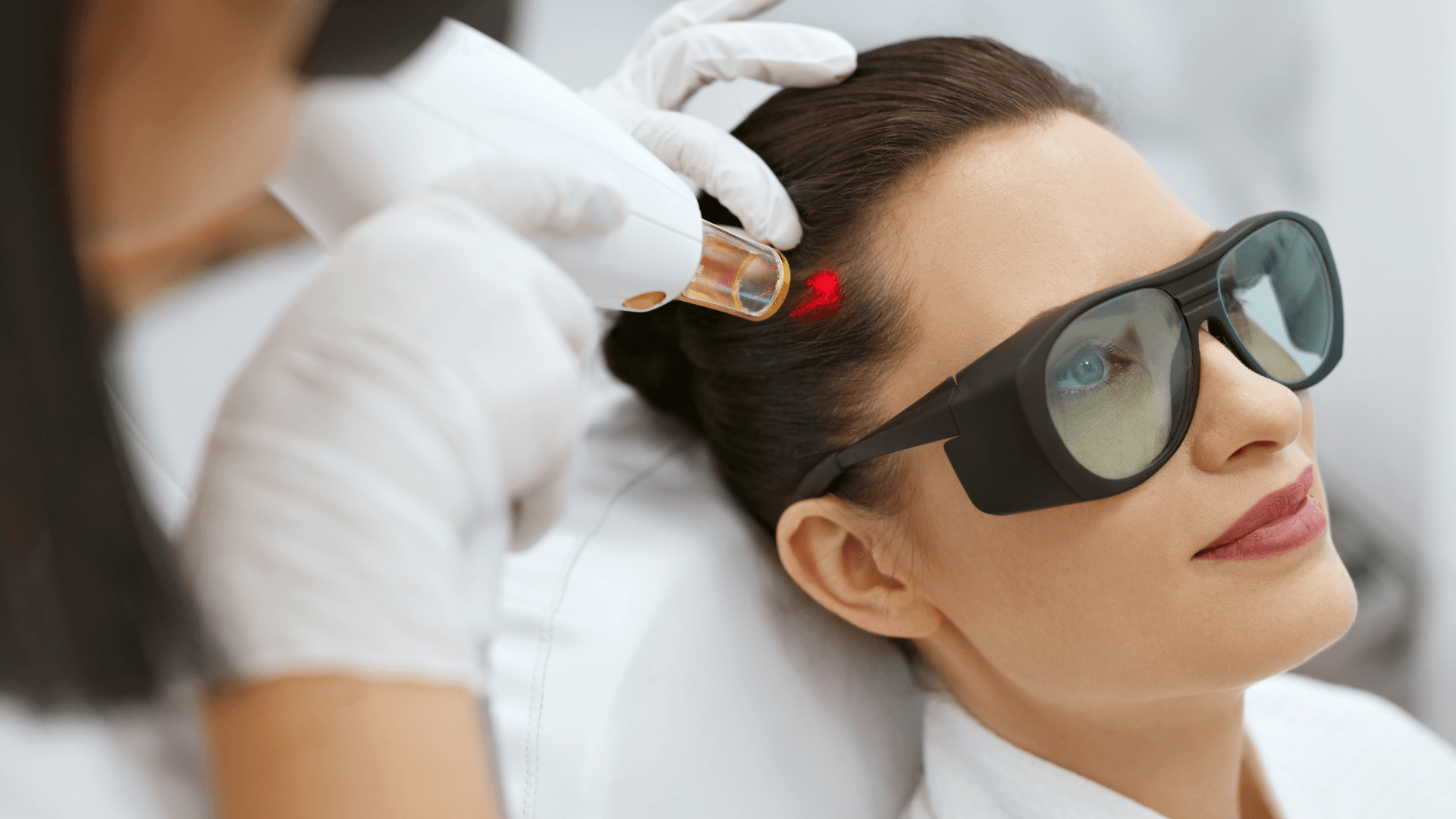
Laser and Red Light Treatment for Hair Loss
Many who suffer from hair loss are not aware of the potential for laser and red light treatments to stimulate hair growth. Laser light is absorbed by your body's cells and stimulated cell metabolism and protein synthesis. This can stimulate your hair follicles and reverse follicle miniaturization. Low-energy lasers are painless and entirely safe. They've been used for years in wound care. There are many devices available for laser and red light treatment for hair loss, including caps, combs, bands, wands and more. SDBody will work with you to determine the right combination of treatments for your particular hair loss.
What to Expect from Your Doctor in Your First Hair Loss Visit
Meeting with the physicians at SDBody can give you the confidence and control you deserve in tackling your hair loss issues. You don’t need to bring anything with you to your first visit, but you should be prepared to discuss your medical history and any history of hair loss in your family.
Your doctor will then conduct a physical examination and perform some test on your scalp. You may have some blood work drawn as well to run out underlying medical conditions.
After your examination, your doctor will offer a diagnosis and discuss various treatment options with you. SDBody is your partner in addressing hair loss and you and your doctor will work together to find the most effective treatment plan.
The entire visit is painless, non-invasive and generally takes about 30 minutes.

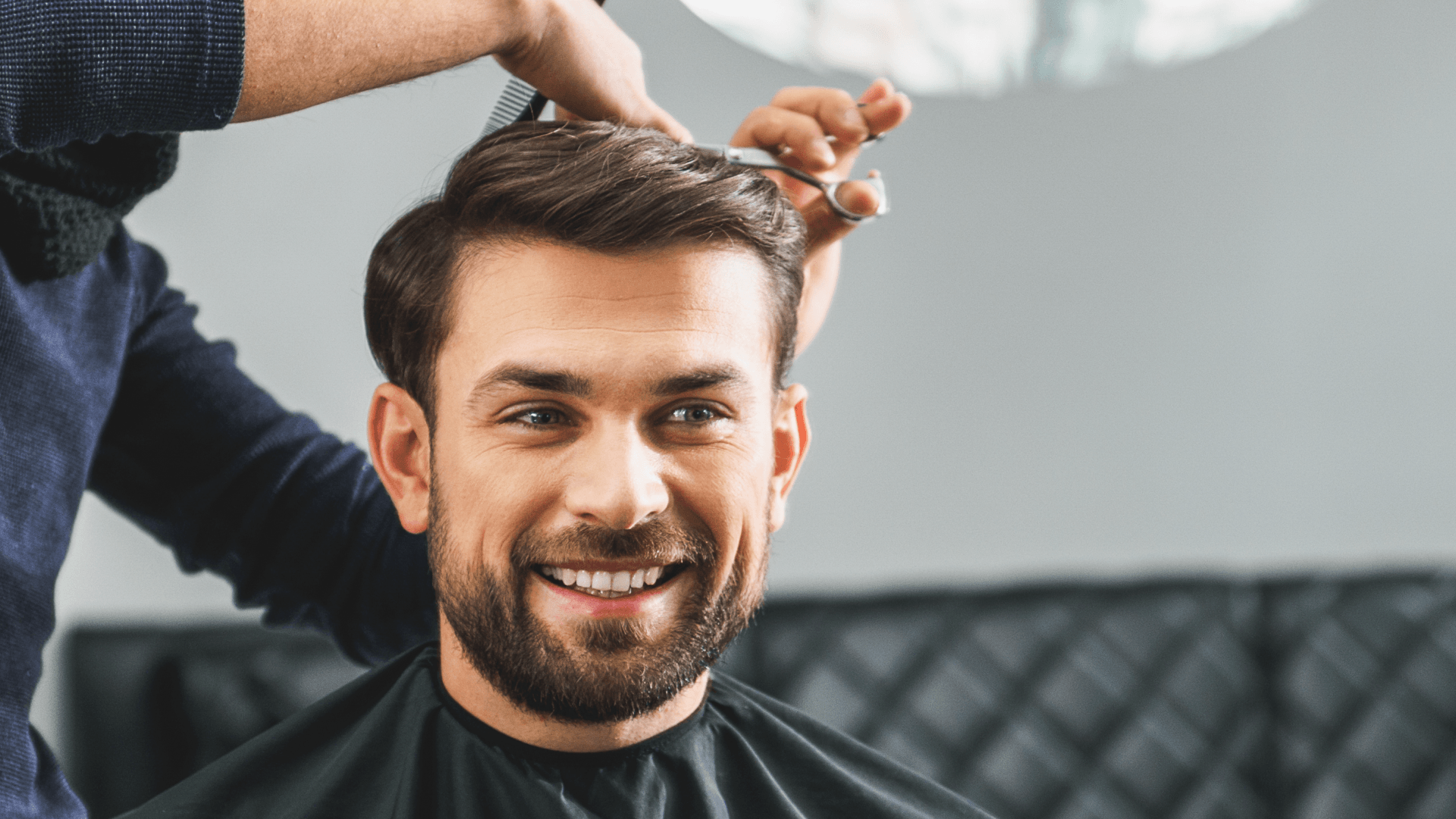
The Importance of a Multi-Modal Treatment Approach to Hair Loss
At SDBody, we take a multi-modal approach to treating hair loss. Many hair loss treatments address different causes of hair loss and can work synergistically to improve hair regrowth. We work with you to customize the exact methods of treatment for the best results. For example, both Finasteride and Minoxidil work to combat the effects of DHT on hair loss, but the do so in different ways. Minoxidil reduces the effect of DHT at the hair follicle while Finasteride helps to block to production of DHT in the first place. Together they can be more effective than when used separately.
We will work with you to create a perfectly timed series of treatments, including recent advancements like PRP and stem cell treatment with take-home approaches to maximize your success.